Diodes are fundamental electronic components that play a crucial role in various electrical circuits and devices. Understanding how a diode works is essential to comprehend its behavior and applications. A diode is a semiconductor device that allows current to flow in one direction while blocking it in the opposite direction.
This article delves into the inner workings of diodes, exploring concepts such as forward and reverse biasing, the formation of depletion zones, and the mechanisms behind current flow. By unraveling the mysteries of diodes, we can gain insights into their functionality and appreciate their significance in electronics.
What Is A Diode?
The History Of Diodes
The history of diodes dates back to the early 20th century when many pioneering scientists and engineers were making significant advancements in the field of electronics. One of the key figures in the development of diodes was Sir John Ambrose Fleming, who invented the first practical thermionic diode, known as the Fleming valve, in 1904 [1]. The Fleming valve used a heated cathode and a plate to control the flow of electric current.
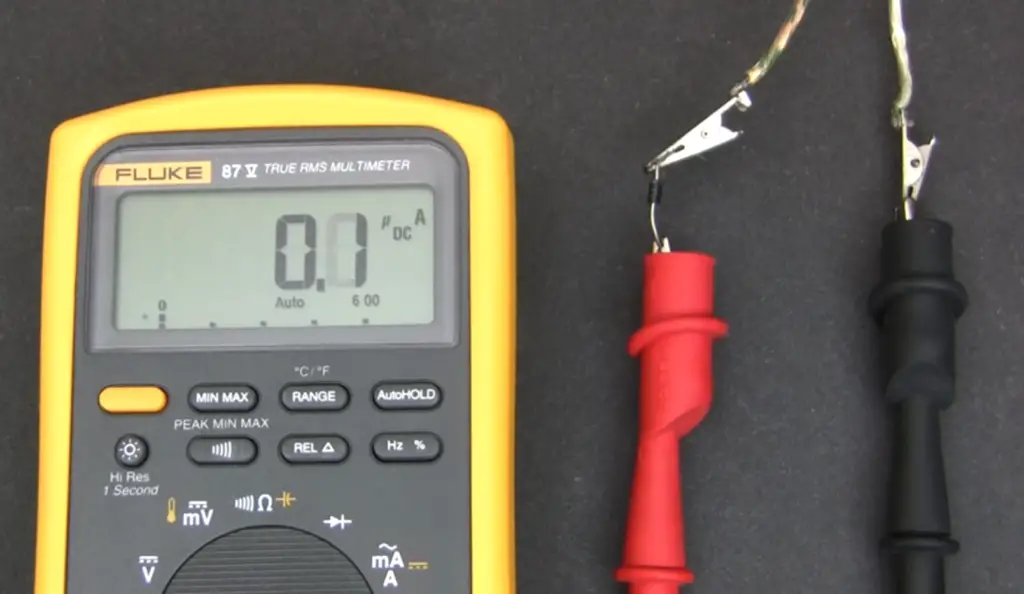
Later, in 1906, Lee De Forest introduced the audion, a three-electrode device that could amplify weak electrical signals. The audion was a significant step forward in diode technology, as it allowed for signal amplification and modulation.
The invention of the point-contact diode in 1947 by John Bardeen, Walter Brattain, and William Shockley at Bell Laboratories marked another milestone in diode history. This invention paved the way for the development of semiconductor diodes and opened up new possibilities for electronic devices.
Technical Details
A diode is typically made of semiconductor material, such as silicon or germanium, with two doped regions known as the p-region and the n-region. The p-region is doped with a material that has an excess of positively charged particles (holes), while the n-region is doped with a material that has an excess of negatively charged particles (electrons).
The interface between the p-region and the n-region is called the junction. When a voltage is applied across the diode in the forward bias direction (positive voltage on the p-side and negative voltage on the n-side), the diode allows current to flow freely. This is because the excess electrons in the n-region and the excess holes in the p-region combine, creating a low resistance path for current flow.
On the other hand, when a voltage is applied in the reverse bias direction (positive voltage on the n-side and negative voltage on the p-side), the diode acts as an insulator, preventing current from flowing. This is because the reverse bias voltage creates a depletion region at the junction, which acts as a barrier to the flow of electrons and holes [2].
The Role of Diodes:
Rectification
One of the primary applications of diodes is rectification, which involves converting alternating current (AC) into direct current (DC). Diodes are used in rectifier circuits to allow current flow in only one direction, effectively converting the negative half of the AC waveform into a positive. This process is crucial for powering electronic devices that require a steady DC power supply.
Radiowave Detection
Diodes are also essential components in radio receivers for detecting and demodulating radio signals. In this application, diodes act as detectors by rectifying the high-frequency AC signal from the antenna, extracting the audio or data signal carried by the radio wave.
Voltage Control
Diodes play a vital role in voltage regulation and protection circuits. Zener diodes, for example, are designed to operate in the reverse breakdown region, maintaining a constant voltage across their terminals. They are commonly used in voltage regulator circuits to provide a stable reference voltage.
Current Conversion
Another important application of diodes is in current conversion circuits. Diodes can be used to convert alternating current (AC) to direct current (DC) by rectifying the waveform. This is particularly useful in power supply circuits where a stable DC voltage is required to power electronic devices.
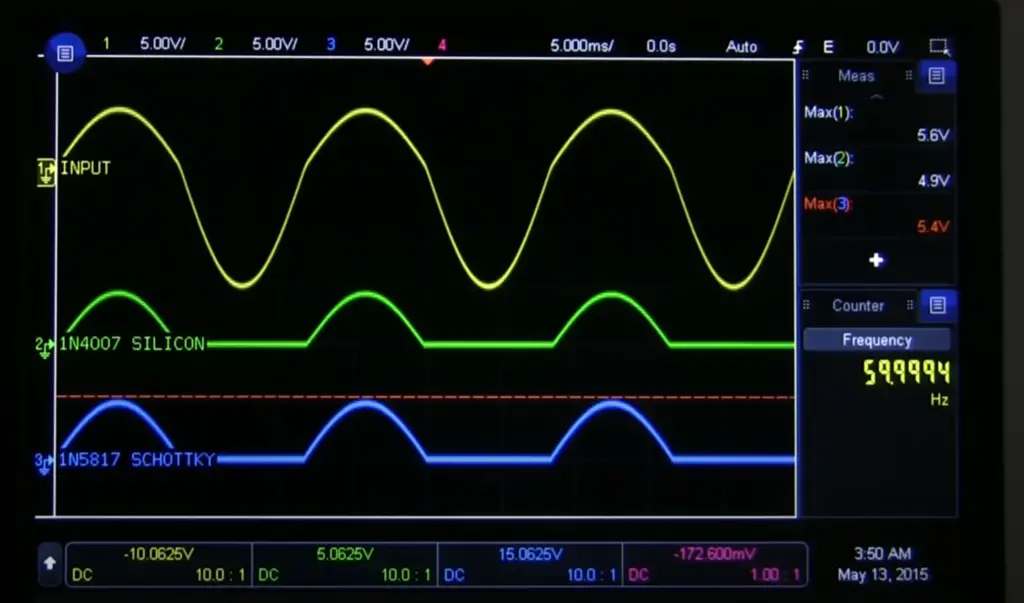
Types of Diodes:
Silicon Diodes
Germanium Diodes
Germanium diodes were widely used in the early days of electronics. They are made of germanium, another semiconductor material. Germanium diodes have a lower forward voltage drop than silicon diodes, typically around 0.3 volts. However, germanium diodes are less commonly used today due to their lower temperature tolerance and sensitivity to heat. They find limited applications in specialized circuits and vintage electronics.
Schottky Diodes
Schottky diodes, also known as hot carrier diodes, are characterized by their low forward voltage drop and fast switching speed. They are made by combining a metal electrode with a semiconductor material, such as silicon or gallium arsenide. Schottky diodes are commonly used in high-frequency applications, rectifiers, and voltage clamping circuits. Their low forward voltage drop of around 0.2 volts allows for more efficient power conversion.
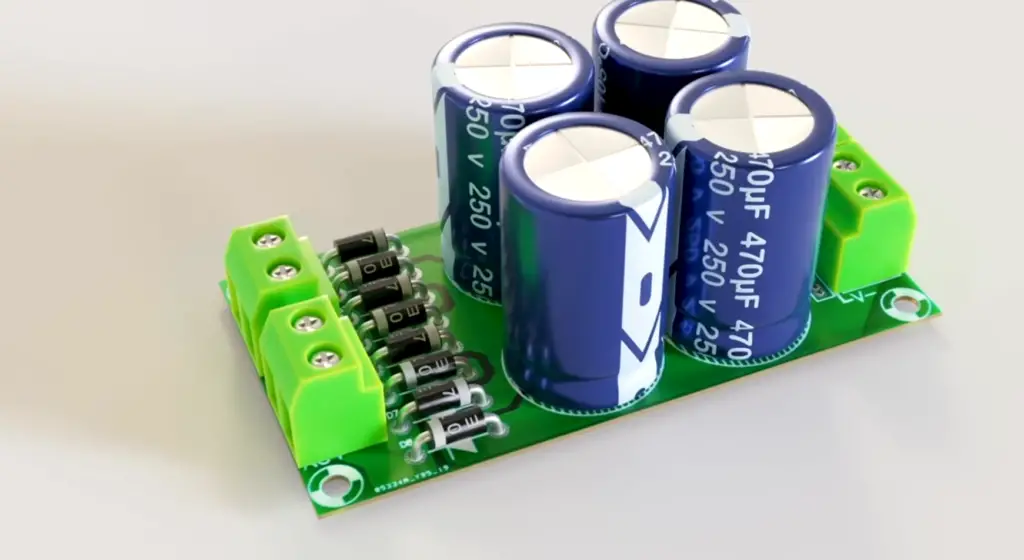
Switching Diodes
Switching diodes are designed specifically for fast-switching applications. They have a low reverse recovery time, enabling them to quickly transition between the conducting and non-conducting states. Switching diodes are commonly used in digital circuits, high-speed data transmission, and RF applications. They are also suitable for protection against voltage spikes and ESD (electrostatic discharge).
Esaki Diodes
Esaki diodes, also known as tunnel diodes, are unique devices that exhibit a negative resistance region in their current-voltage characteristics. They are made of heavily doped semiconductor materials, such as gallium arsenide or indium arsenide. Esaki diodes are primarily used in specialized applications, such as high-speed oscillators, microwave applications, and ultra-low-power circuits.
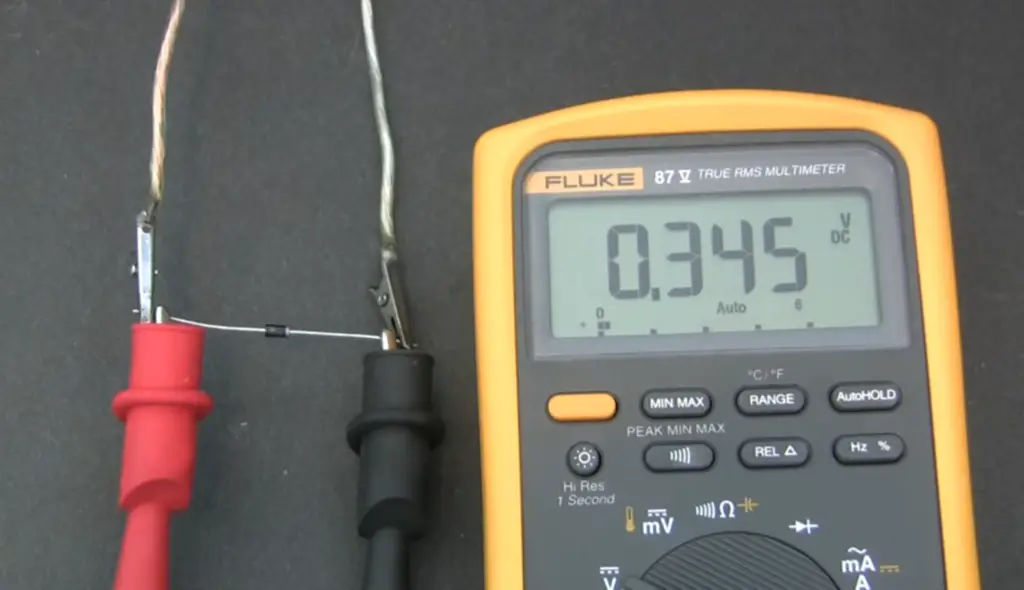
Light-Emitting Diodes (LED)
Light-emitting diodes, or LEDs, are diodes that emit light when a forward current is applied. LEDs are widely used in various applications, including lighting, displays, indicators, and optoelectronic communication devices. They come in different colors, and their efficiency, long lifespan, and compact size make them popular alternatives to traditional incandescent and fluorescent lighting.
Zener Diodes
Zener diodes are designed to operate in the reverse breakdown region, maintaining a constant voltage across their terminals. They have a highly doped p-n junction, allowing them to conduct current in the reverse direction without being damaged. Zener diodes are commonly used in voltage regulation circuits, surge protection, and as voltage references. They provide a stable and precise voltage output, even when the input voltage fluctuates.
Why Should You Use Diodes?
Diodes are fundamental components in electronic circuits, and they offer a range of important functions. Diodes are used in electrical circuits to protect devices from power surges, regulate voltage, and restrict electrical current flow. One of the most common uses of diodes is to control the direction of current flow in a circuit, allowing current to flow in one direction while blocking it in the opposite direction [4].
In voltage protection devices, such as in power supplies, diodes are used to protect the devices from damage caused by high voltage surges. When a voltage spike occurs in the circuit, the diode will immediately short the spike by redirecting it to the ground. This prevents the spike from affecting other components in the circuit and potentially causing damage.
Diodes are also used as half-wave and full-wave rectifiers, converting AC voltage to DC voltage by only allowing current to flow in one direction. This rectification process is used in power supplies, radio transmitters, and other applications where DC voltage is required.
Another important function of diodes is to regulate voltage. Zener diodes are designed to operate in the reverse breakdown voltage region, and they can be used as voltage regulators. When a Zener diode is connected in reverse bias, it will regulate the voltage across it, maintaining a constant voltage output. This is useful in applications where a stable voltage is required, such as in electronic devices.

How Does a Diode Work:
Forward Biased Diodes
When a diode is forward-biased, a positive voltage is applied to the p-side (anode) and a negative voltage to the n-side (cathode). This forward biasing reduces the potential barrier at the junction between the p-region and the n-region, allowing current to flow easily. The excess electrons in the n-region move toward the positive terminal, while the excess holes in the p-region move toward the negative terminal. This movement of charge carriers creates a low resistance path for the current to pass through, and the diode behaves like a closed switch, conducting electricity.
Reverse Biased Diodes
In the case of reverse bias, a negative voltage is applied to the p-side and a positive voltage to the n-side of the diode. This reverse biasing increases the potential barrier at the junction, preventing current flow. The majority of carriers in both regions move away from the junction, widening the depletion zone. The depletion zone acts as an insulator, creating a high resistance barrier that inhibits the flow of current. Consequently, the diode acts as an open switch, blocking the flow of electricity in the reverse direction.
Unbiased Diodes
In an unbiased or no-bias condition, there is no external voltage applied to the diode. The charges on both sides of the junction are in equilibrium, resulting in a depletion zone of a certain width. In this state, the diode does not conduct current unless an external voltage is applied [5].
What is the Depletion Zone?
In the depletion zone, the positive ions from the n-side and the negative ions from the p-side create an electric field that opposes the movement of charge carriers. This electric field creates a potential barrier, preventing the flow of current in the reverse-biased condition. The width of the depletion zone depends on the doping levels of the p and n regions, as well as the applied bias voltage.
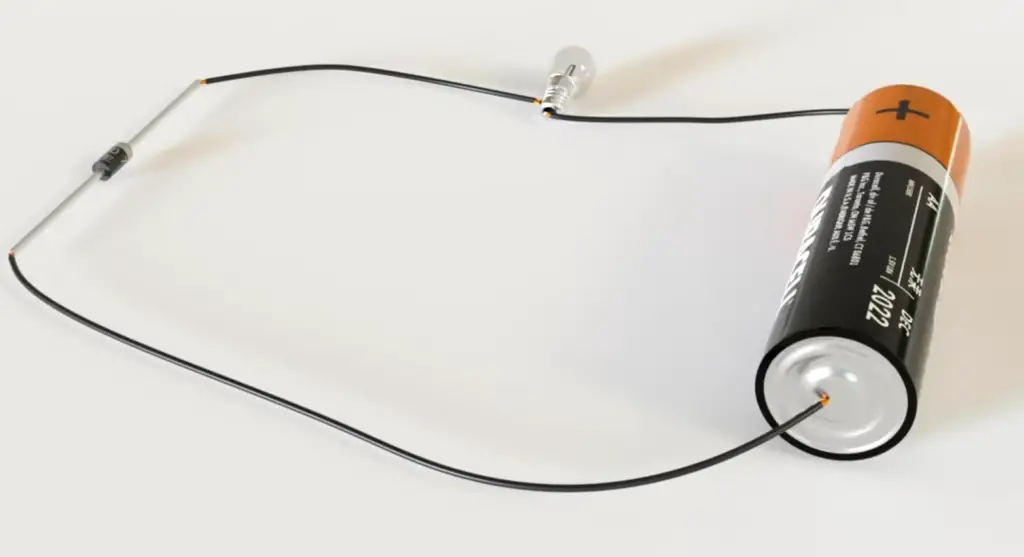
Understanding the working principles of forward and reverse-biased diodes, as well as the concept of the depletion zone, provides a foundation for comprehending the behavior and applications of diodes in various electronic circuits. Whether it’s rectifying alternating current, detecting signals, or regulating voltage, diodes play a crucial role in enabling the efficient flow and control of electrical currents.
Diodes Applications And Examples:
Reverse Current Protection
Reverse current protection is one of the most commonly known applications of diodes. In a reverse-biased diode, current flows from the negative to the positive side and is blocked in the opposite direction. This features makes it ideal for deploying in circuits that experience reverse voltage flows regularly, thus preventing damage to components as a result of the reverse voltage. Examples of circuits that require this type of protection include solar cells, batteries, and other DC-based systems.
Simple Voltage Regulators
Diodes are also used as simple voltage regulators. In a circuit that contains a diode, the voltage across the diode remains constant up to a certain point known as the diode’s breakdown voltage. This feature has led to the development of diode zener regulators, which make use of the breakdown voltage of the diode to regulate voltage. Zener diodes are often used to provide stable voltage to electronic circuits, providing a stable voltage reference.
Voltage Stabilizers
Diodes can also act as voltage stabilizers. Voltage stabilizers are designed to keep the output voltage constant, regardless of the amount of current flowing through the circuit. In this regard, zener diodes are best suited since they provide stable reference voltages. Applications of diode voltage stabilizers include voltage regulators in DC power supplies, low-power digital circuits, and component electrical devices.
Converting AC to DC
Lastly, diodes can also be used for converting AC to DC. AC voltage is constantly changing, while DC voltage remains constant over time. Diodes are used to rectify the AC voltage by allowing current to flow only in one direction while blocking reverse current, thus providing a stable DC voltage output. Examples of AC to DC conversion circuits include radio transmitters, power supplies, and battery chargers [6].
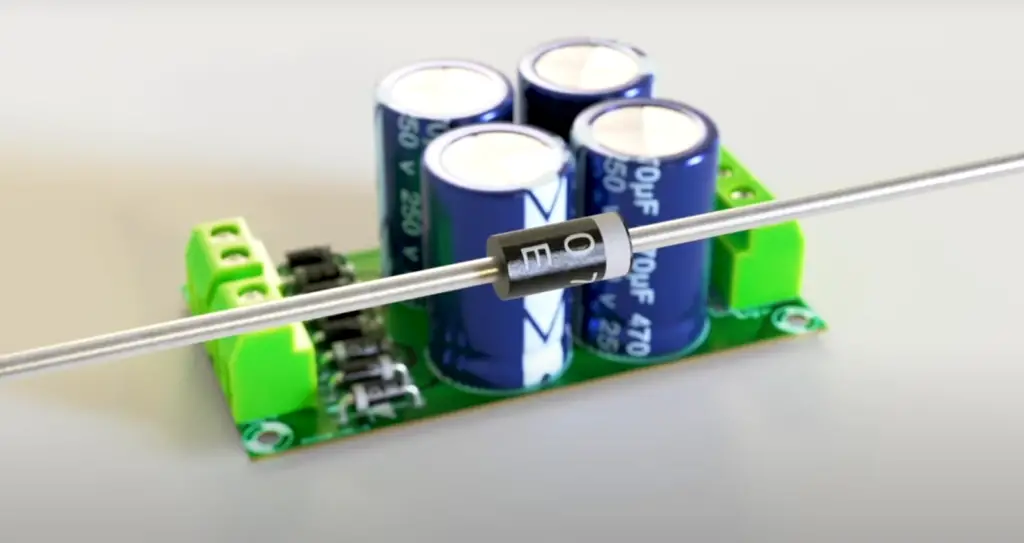
How To Test a Diode?
1) Using a Multimeter:
- Set the multimeter to the diode test mode (often denoted by a diode symbol or the letter “D”);
- Connect the positive probe of the multimeter to the anode (the longer lead) of the diode;
- Connect the negative probe of the multimeter to the cathode (the shorter lead) of the diode;
- Observe the multimeter reading. A functioning diode should typically show a forward voltage drop of around 0.6 to 0.7 volts (for a silicon diode) or 0.2 to 0.3 volts (for a germanium diode) and a low or open circuit in the reverse direction;
2) Using a Digital Oscilloscope:
- Connect the oscilloscope’s ground probe to the cathode of the diode;
- Connect the oscilloscope’s signal probe to the anode of the diode;
- Apply a low-frequency AC signal, such as a sine wave, to the anode of the diode;
- Observe the waveform on the oscilloscope. A properly functioning diode should rectify the AC signal, allowing current flow only in one direction, resulting in a half-wave rectified waveform;
3) Using a Battery and a Resistor:
- Connect a resistor (e.g., 1k ohm) in series with a battery (e.g., 9V);
- Connect the anode of the diode to the positive terminal of the battery;
- Connect the cathode of the diode to the free end of the resistor;
- Observe the behavior of the diode. If it is a forward-biased diode, current will flow through the circuit, and the diode will conduct. In the case of a reverse-biased diode, there will be no current flow, and the diode will not conduct;
4) Using a Curve Tracer:
- If you have access to a curve tracer, it can provide detailed information about the diode’s behavior by plotting its voltage-current characteristics;
- Connect the diode to the curve tracer according to the device’s instructions;
- Apply a voltage sweep across the diode, and the curve tracer will generate a graph showing the diode’s forward and reverse characteristics [7];
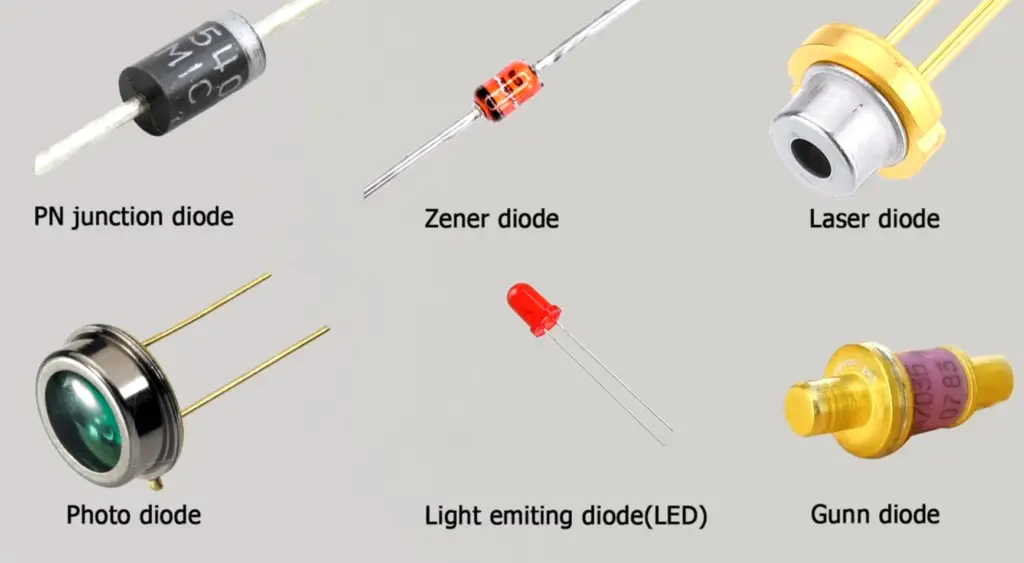
FAQ:
1. How does a diode stop current flow?
A diode stops current flow in one direction by utilizing its p-n junction. When a diode is reverse-biased (negative voltage applied to the p-side and positive voltage applied to the n-side), it creates a depletion zone at the junction. This depletion zone acts as a barrier, preventing the flow of majority carriers (electrons and holes) and inhibiting current flow.
2. How does a diode work internally?
Internally, a diode consists of a p-n junction formed by doping a semiconductor material, such as silicon or germanium. The p-side is doped with a material that has an excess of positively charged particles (holes), while the n-side is doped with a material that has an excess of negatively charged particles (electrons).
When a forward bias voltage is applied, the excess electrons from the n-side and the excess holes from the p-side combine at the junction, allowing current to flow. In reverse bias, the depletion zone widens, creating a high resistance barrier that blocks current flow.
3. How does a diode flow?
A diode allows current flow in the forward-biased direction when a positive voltage is applied to the p-side and a negative voltage to the n-side. In this condition, the diode offers low resistance and acts as a closed switch, permitting the flow of current. In reverse bias, the diode blocks current flow by presenting a high resistance barrier due to the widened depletion zone [8].
4. Does a diode block voltage?
Yes, a diode blocks voltage in the reverse-biased direction. When a diode is reverse-biased, it acts as an insulator, preventing the flow of current and blocking the voltage applied across it.
5. Does the diode pass AC or DC?
A diode can pass both AC (alternating current) and DC (direct current) depending on its biasing. In forward bias, a diode allows current flow in one direction, making it suitable for passing both AC and DC. In reverse bias, a diode blocks current flow, making it suitable for blocking both AC and DC.
6. Do diodes flow from negative to positive?
No, diodes do not flow from negative to positive. Diode current flows from the anode (positive side) to the cathode (negative side) in the forward-biased direction.
7. Why do diodes only work in one direction?
Diodes only work in one direction due to their inherent asymmetrical structure. The p-n junction within the diode allows current flow in the forward-biased direction, but it blocks current in the reverse-biased direction. This one-way behavior of diodes is crucial for their applications in rectification, voltage regulation, and signal processing [9].
8. Can diodes produce electricity?
Diodes themselves do not produce electricity. They are passive electronic components that regulate or control the flow of electric current in a circuit. However, when a diode is exposed to light in certain types of diodes, such as photodiodes or solar cells, the incident light can generate an electric current through the diode, thus converting light energy into electrical energy.
9. Does the diode drop current?
A diode does not “drop” current, but it exhibits a forward voltage drop when conducting current. In a forward-biased diode, there is typically a voltage drop of around 0.6 to 0.7 volts for silicon diodes and 0.2 to 0.3 volts for germanium diodes [10]. This voltage drop occurs due to the resistance within the diode and the energy required for the current to overcome the potential barrier at the p-n junction.
10. Do diodes have resistance?
Yes, diodes have a certain amount of resistance. In the forward-biased direction, diodes have a low resistance, allowing current flow. In the reverse-biased direction, diodes have a high resistance due to the widened depletion zone, which restricts current flow.
11. What is a diode made of?
A diode is typically made of semiconductor materials such as silicon or germanium. It consists of a p-n junction formed by doping these materials with impurities to create excess positive (p-type) and negative (n-type) charges.
12. Why are diodes used as rectifiers?
Diodes are commonly used as rectifiers because they allow current flow in only one direction, converting alternating current (AC) to direct current (DC). By utilizing the diode’s property of blocking current flow in the reverse biased direction, it enables the rectification process, where the negative portion of the AC waveform is blocked, and only the positive portion is allowed to pass through, resulting in a unidirectional flow of current.
13. Do diodes block negative voltage?
Yes, diodes block negative voltage when they are reverse-biased. The reverse-biased diode’s widened depletion zone acts as a barrier that prevents the flow of current, effectively blocking the negative voltage applied across it [11].
14. Do diodes consume voltage?
Diodes do consume some voltage due to their forward voltage drop when conducting current. This voltage drop is typically around 0.6 to 0.7 volts for silicon diodes and 0.2 to 0.3 volts for germanium diodes. However, the amount of voltage consumed by a diode is relatively small compared to the overall voltage applied to a circuit.
15. Can a diode act as a battery?
No, a diode cannot act as a battery. A diode is a passive electronic component that controls current flow, whereas a battery is an active device that generates electrical energy through chemical reactions.
16. Can diodes detect light?
Yes, certain types of diodes, such as photodiodes, are specifically designed to detect light. When exposed to light, photodiodes generate an electric current proportional to the intensity of the incident light. This property makes them useful in applications such as light sensors, solar panels, and optical communication systems.
17. What happens when a diode is connected to an AC source?
When a diode is connected to an AC (alternating current) source, its behavior depends on the biasing. In the forward-biased half-cycle, the diode conducts and allows current flow. In the reverse biased half-cycle, the diode blocks current flow and does not conduct. As a result, the output becomes a rectified waveform where the negative portion is blocked, and only the positive portion is allowed to pass through.
18. What is the difference between a diode and a cathode?
A diode is a two-terminal electronic device that allows current flow in one direction while blocking it in the opposite direction [12]. The cathode, on the other hand, is one of the terminals of a diode, specifically the terminal connected to the n-type semiconductor material. The other terminal is called the anode, and it is connected to the p-type semiconductor material. In summary, a diode is an entire device, while the cathode is one of its two terminals.
19. Can you convert AC to DC with one diode?
Yes, it is possible to convert AC (alternating current) to DC (direct current) using a diode. This process is called half-wave rectification. By connecting a diode in series with the AC source, the diode blocks the negative half of the AC waveform and allows only the positive half to pass through, effectively converting AC to pulsating DC. However, this method of rectification is not as efficient as full-wave rectification using multiple diodes or using more sophisticated rectifier circuits.
20. Does the diode conduct for all positive voltages?
No, a diode does not conduct for all positive voltages. A diode conducts only when it is forward-biased, meaning that the anode (p-side) is at a higher positive potential than the cathode (n-side). If the voltage applied in the forward direction is below the diode’s forward voltage threshold, the diode will not conduct. It requires a certain minimum forward voltage to overcome the potential barrier at the junction and allow current flow.
Useful Video: Diodes Explained – The basics how diodes work working principle pn junction
References
- https://en.wikipedia.org/wiki/Diode
- https://opencircuit.shop/blog/hoe-werkt-een-diode
- https://www.matsusada.com/column/words_diode.html
- https://www.circuitbasics.com/what-is-a-diode/
- https://www.ledkia.com/blog/uk/what-is-a-diode-and-how-does-it-work/
- https://theengineeringmindset.com/the-basics-of-diodes-explained/
- https://www.fluke.com/en/learn/blog/electrical/what-is-a-diode
- https://toshiba.semicon-storage.com/ap-en/semiconductor/knowledge/faq/diode/how-do-diodes-work.html
- http://www.electricalterminology.com/how-does-a-diode-work/
- https://www.seeedstudio.com/blog/2020/12/22/introduction-to-diodes-what-is-it-and-how-it-works/
- https://www.circuitbread.com/tutorials/how-does-a-diode-work-part-1-the-pn-junction
- https://energyeducation.ca/encyclopedia/Diode_operation





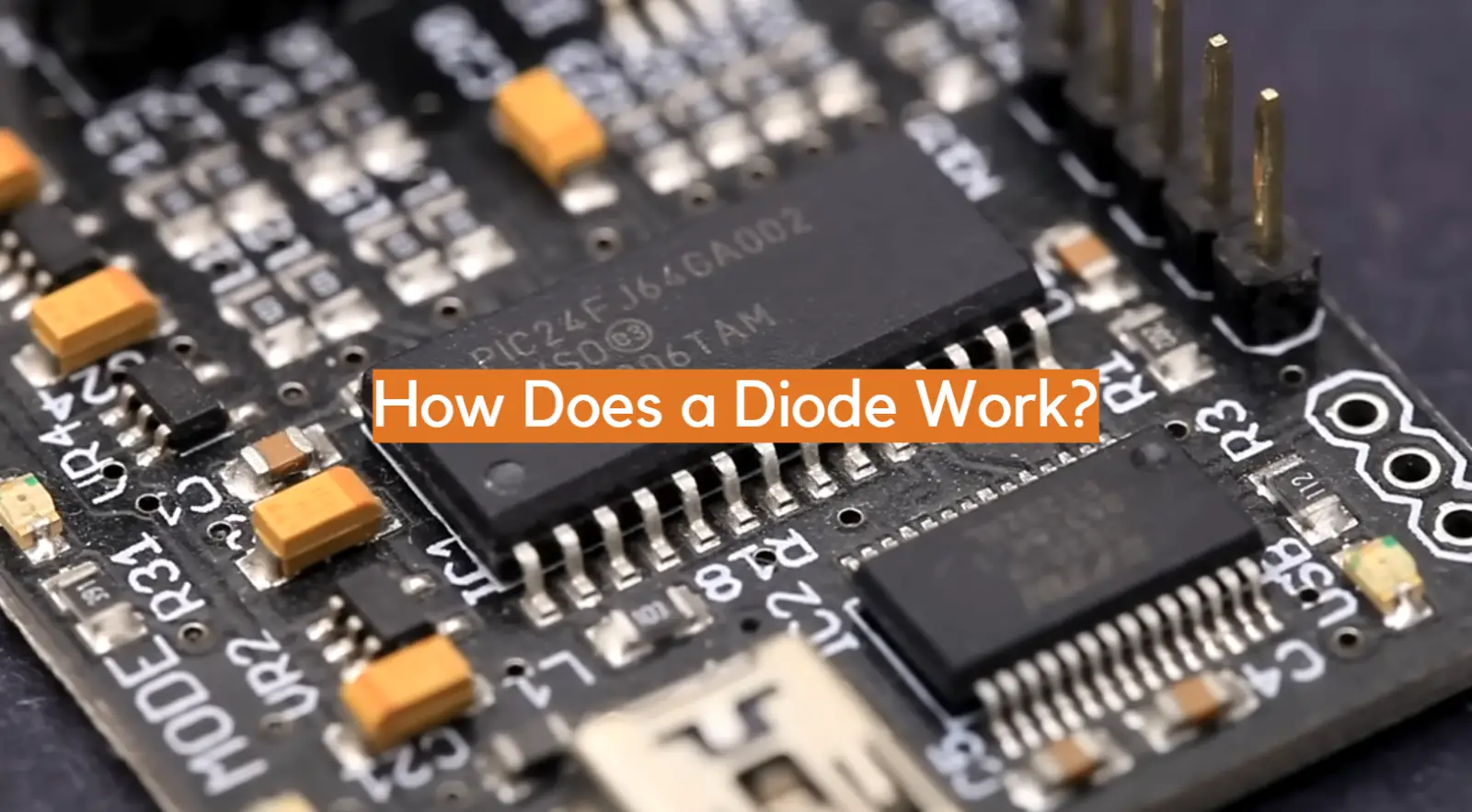




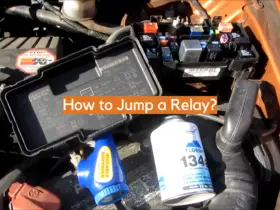
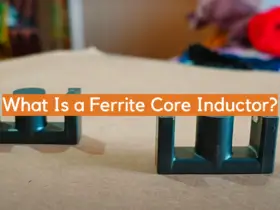
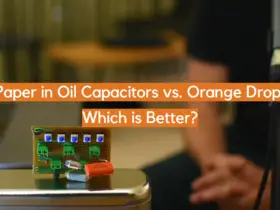
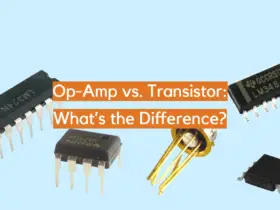
Leave a Reply